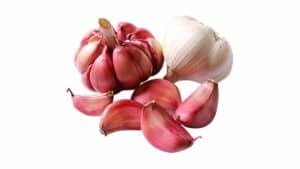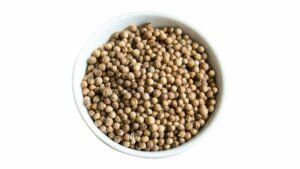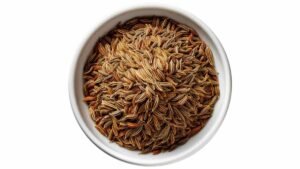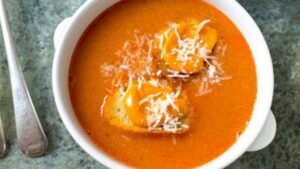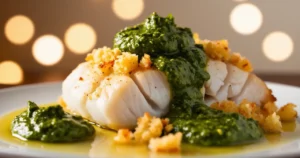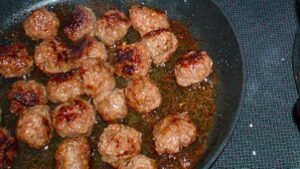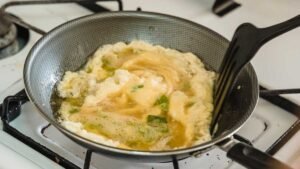Basil, Scientific name or herbal name Ocimum basilicum also known as sweet basil, great basil is a culinary herb grown for its aromatic leaves of the family Lamiaceae (Mint) flavors Sweet, Spicy, and Peppery with hints of Anise, Mint, and Clove. this tender plant is used in many cuisines all over the world. basil leaves are used fresh or dried to flavor fish, meat, salads, Pasta, Pizza, dressings, marinades, soups, and sauces. Basil adds fresh flavor to virtually any dish, especially when added fresh before serving. In Italian cooking, it is essential in pesto sauces, layered on caprese salads, sprinkled on pizzas, and stirred into pasta sauces, marinades, and dressings. If it is undercooked, consider adding extra after cooking to restore flavor lost from heat.
Basil in Different Languages
| Italian | Basilico |
| French | Basilic |
| Urdu | تلسی |
| Japanese | バジル |
| Hindi | Tulasee तुलसी |
| Dutch | Basilicum |
Pairings
- Vegetables: artichokes, eggplant, mushrooms, olives, potatoes, tomatoes, zucchini
- Proteins: beans, beef, cheeses, chicken, eggs, fish and seafood
- Seasonings: balsamic vinegar, capers, chives, cilantro, garlic, mint, oregano, parsley, rosemary, thyme, savory
Basil Varieties
- African blue
- Thai Basil
- Holy Basil
- Bush basil
- Cinnamon basil
- Lemon basil
- Licorice basil
- Purple ruffles basil
- Lettuce basil
Substitutions
- Arugula
- Baby spinach
- Cilantro
- Oregano
- Thyme
How To Grow Basil in the Kitchen or Home Garden
Basil is an annual herb and is a good indoor plant year-round, as long as the container for basil has suitable drainage and is positioned in a sun-soaked windowsill. The plant grows 1 to 2 feet tall in a 10-inch container in moist rich and well-drained soil. water it regularly if you feel the soil is dry. do not overwater the plant leaves, wet leaves are yellow in the sun.
Harvest
Cut or gently pinch the leaves as they ripen throughout the season. Start with the topmost outer leaves, and new ones will regenerate. Harvest completely before the first fall frost.
Care
Cut back any flowers to promote new growth and prevent seeding. In colder climates, bring Basil plants indoors before the first frost in fall or winter.
Storing
Keep the leaves fresh for a few days by placing fresh basil stems in a jar with tap water. It’s debatable whether you should refrigerate fresh basil, as cold temperatures can discolor the leaves.
Health Benefits
Fresh basil is a nutritious food, with anti-inflammatory, antibacterial, and antioxidant powers that boost immunity, improve the health of your heart and arteries, and relieve stomach upset. The delicious herb has also been shown to reduce symptoms of stress and anxiety.
Can I eat raw basil?
It is perfectly fine to eat raw basil leaves, as long as they are properly washed or rinsed to prevent any food-borne germs from sneaking onto your plate. As is the case with almost every food, there are some people who should be careful with basil whether it is raw or fresh.

